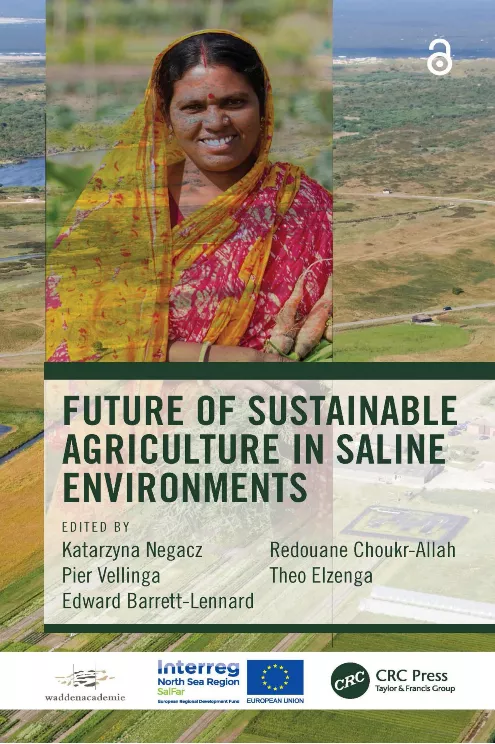Response of Quinoa to High Salinity under Arid Conditions
Quinoa is considered to be a salt-tolerant crop and has the potential to be cultivated in marginal lands with salinity problems. The introduction of salinity-tolerant quinoa accessions to the salt-affected farmlands around the world could help to rebuild the economies of affected regions. It would also provide a nutritious food to local communities. To find the salinity-tolerance in different cultivars of quinoa, field experiments were conducted at low and high salinities, at the International Center for Biosaline Agriculture, Dubai, UAE. The yield trials were done in randomized complete block design experiments with 3 reps and 2 salinity treatments: low salinity (0.3 dS/m) and high salinity (15 dS/m). Eleven quinoa cultivars and one djulis variety were analyzed to detect their tolerance against high salinity. The agronomic and morphological characteristics measured were days to flowering, days to maturity, plant height, the number of primary branches per plant, the number of panicles per plant, main panicle length, plant dry weight per plot, grain yield per plot, and thousand seeds weight.
